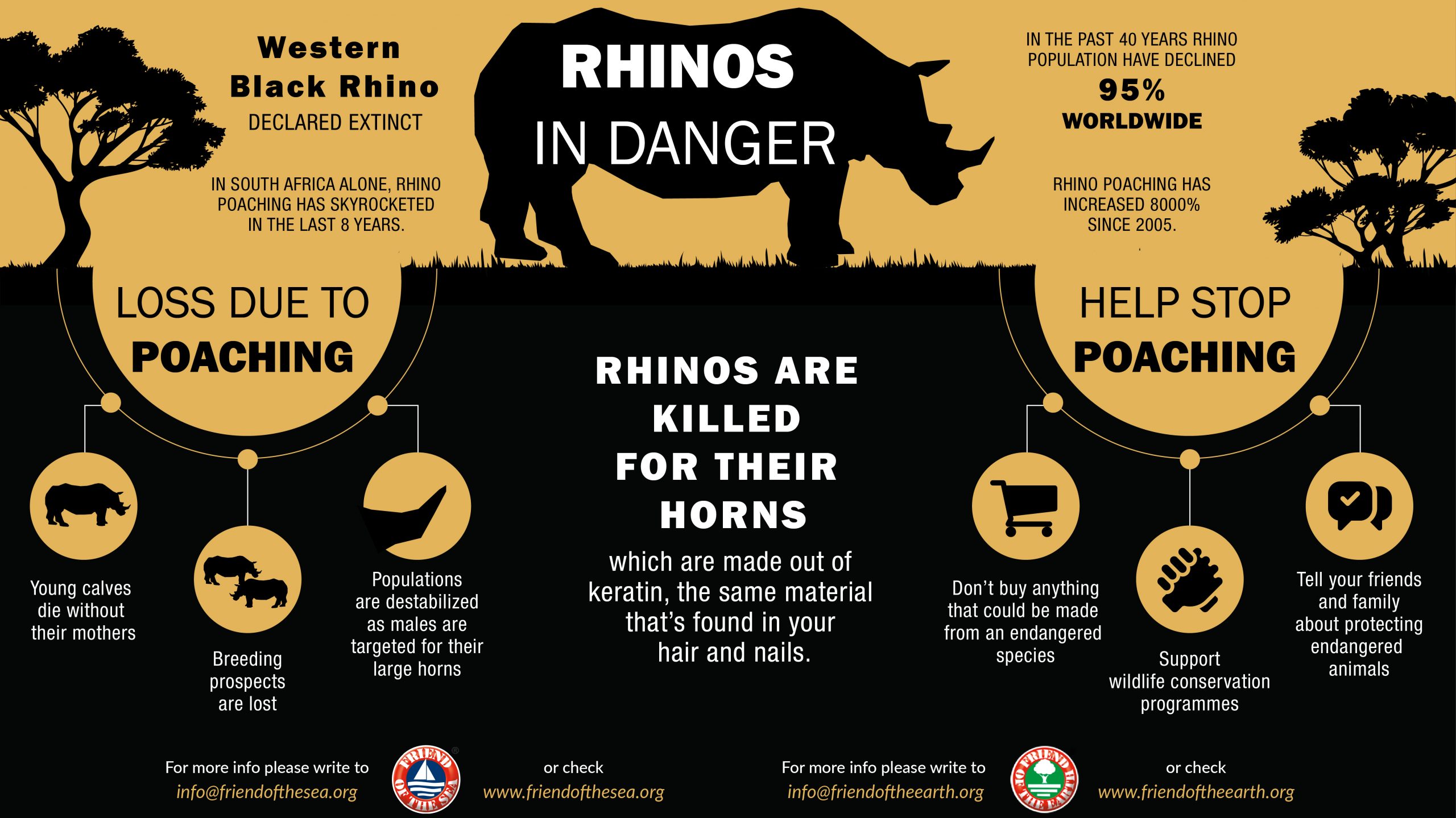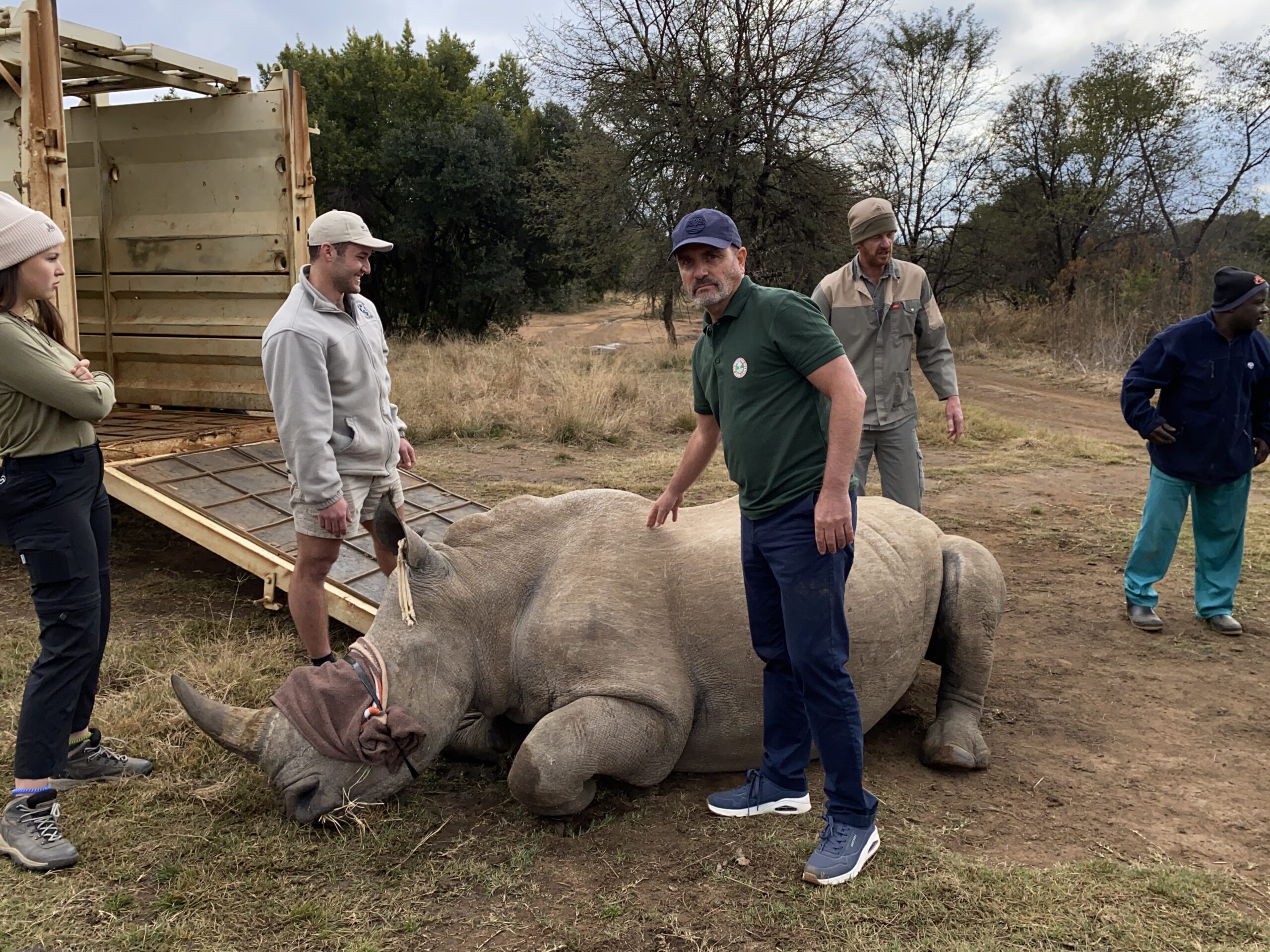Environmental Consequences
At present, due to the constant decline there is no adequate data on population trends for the 5 species. The number of Indian rhinoceros is currently hovering at around 3’500, while only 70 of the Java rhino remaining, less than 80 of the Sumatra rhino 80, and 6,487 and 18,000 of the black and the white rhino respectively .[6]
rhinos are considered “ecosystem engineers” due to its huge impact in the control of grassland turf. Its diet helps to modify the landscape and the availability of resources. Its subsequent population decrease would have huge impacts towards the balance and shape of the ecosystem.[7]
[6] World Animal Foundation: https://worldanimalfoundation.org/advocate/poaching-statistics/
[7] Ecologia e Comportamento Animale: https://www.libreriauniversitaria.it/ecologia-comportamento-animale-krebs-john/libro/9788833928265












